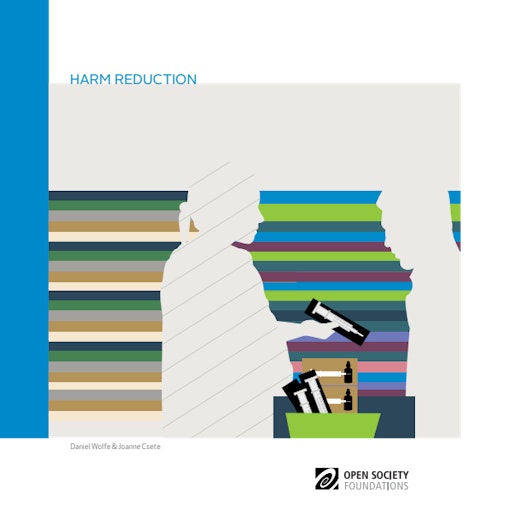As member states of the United Nations take stock of the drug control system, a number of debates have emerged among governments about how to balance international drug laws with human rights, public health, alternatives to incarceration, and experimentation with regulation. This series intends to provide a primer on why governments must not turn a blind eye to pressing human rights and public health impacts of current drug policies.
Harm reduction is based on the idea that people have the right to be safe and supported even if they are not ready or willing to abstain from illicit drug use. A harm reduction approach involves giving people who use drugs choices that can help them protect their health.
For many people who use drugs, harm reduction services are the most likely entry point into health care and the most likely means of protection from life-threatening conditions. As United Nations agencies have noted, the effectiveness of harm reduction services for HIV prevention and prevention of drug-related mortality is beyond dispute.
The UN General Assembly Special Session on drugs in 2016 is an opportunity to re-energize the commitment to harm reduction pledged by UN member states at the 2001 UNGASS on HIV/AIDS. Funding for proven and cost-effective harm reduction services that protect not only people who use drugs but entire communities should be a top priority. This report details how harm reduction is a central pillar of effective drug response, critical to reaching people who use drugs with services that can help protect them, their families, and their communities.
Download
-
Harm Reduction (268.76 Kb pdf file)
Download the complete 20-page report. (Updated: September 22, 2016)
-
Reducción de Daños (284.2 Kb pdf file)
Download the complete 20-page report in Spanish.
